With 1125 trap stations for stoats (some with rat and possum traps nearby), covering an area in excess of 8,000 hectare, Friends of Flora must be one of the largest volunteer trapping programmes in New Zealand. A core group of 40 to 50 people check the traplines 8 to 10 times per year and in the 16 years since the group was setup in 2001, 1876 stoats and 212 weasels have been killed.
They’re a keen lot, the FoF volunteers. Much of the trap checking is off-track on rugged, steep country.
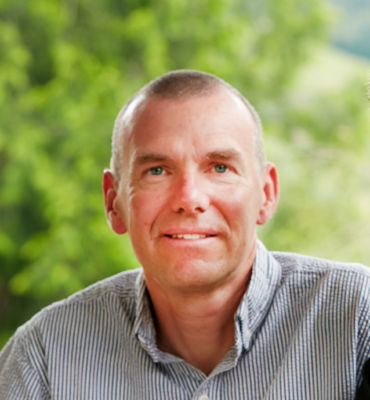
“It’s a rough, harsh environment,” says Friends of Flora chairman Peter Adams, “Those checking the traplines need to be bush savvy and quite fit. Some lines take a full day – or even an overnighter – to check.”
Many of those volunteers are in the over 50s age-group and, according to Peter, some of the fittest are over 70.
The Flora Valley is near Mt Arthur in Kahurangi National Park in an area with high biodiversity. Good road access to the Flora carpark at an altitude of 1000m, with a 4WD track extending beyond that for another 10km makes access to the start of the trapping lines relatively easy. An added bonus is the ability to use a Department of Conservation 4WD vehicle at weekend, borrowed from the DOC Motueka office.
“We’ve got a close working relationship with DOC,” Peter says, “including holding joint planning sessions. We can also provide additional resources to help DOC, such as volunteers and fundraising.”
It seems ironic that a volunteer group is fundraising to help DOC.
“It does rankle with some members how DOC has been treated,” Peter admits. “They feel we’re doing DOC’s work. The danger with leaving conservation to community groups is that there’s no guarantee who is going to be around next year.”
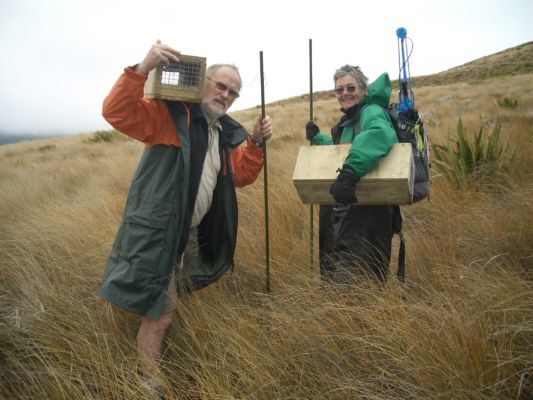
Friends of Flora is, however, a group that has been around for a number of years with a strong volunteer base. As well as the core working group of 40 or 50, there are another 50 or so volunteers who help out with occasional project work.
The group was set up initially by Bill Rooke and Maryann Ewers, keen trampers who ran guided walks in the Kahurangi . They noticed there were less whio around and fewer other birds as well and set up the Friends in 2001.
Bill and Maryann are still closely involved. Peter joined when he moved to the area in 2003.
Whio have been a great success for the Friends. Numbers had got down to one lone male and reintroduction of whio was initially the primary aim of the group. Now there are up to 10 pairs breeding in the Flora Valley, with healthy breeding success and also good populations in adjacent valleys.
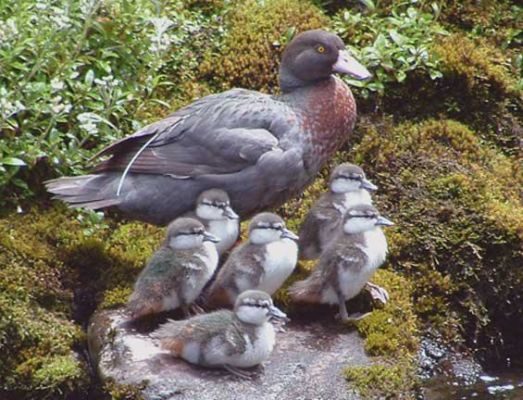
Great spotted kiwi have also been reintroduced to the area with the first translocation in 2010. A founding group of 44 birds was selected from 4 different local kiwi populations in Kahurangi National Park, ensuring good genetic diversity.
Kiwi are one of the reasons that the Friends operate over such a large area – kiwi roam a lot and a large area had to be under a predator control programme before they could be reintroduced. A couple of the introduced kiwi died of old age or natural causes but no adults have been killed by predators .
Great spotted kiwi have very low productivity and the chicks are hugely vulnerable to stoat predation. “We have had about 18 chicks hatch, of which 5 are known to have been predated, ” Peter says. “We don’t put transmitters on the immature kiwi, but we do have cameras on nests – both for learning about kiwi and for publicity about how they are doing. Videos from the nest cams are regularly posted on Friends of Flora’s Facebook page under the banner ‘Kiwi Tales from the Flora’ – check them out”

Friends of Flora contract Robin and Sandy Toy as project managers to look after the kiwi initiative.
“They’re very devoted to kiwi,” says Peter. “They were previously involved with brown kiwi in the Rimutakas and they’re now two of the leading experts on great spotted kiwi, helping the Kiwi Recovery Group to work out future strategies for kiwi survival. Great spotted kiwi are long-lived,” Peter says, “but the population is in slow decline.”
Monitoring results has been an important part of the Friends’ work since the beginning.
“We monitor kill statistics, trap efficiency and bird counts on the main valley line,” Peter says. “We also get a lot of data from the kiwi side. We are starting to use tracking tunnels more and last year started monitoring alpine gecko and giant alpine weta using footprint tracking tunnels. Our area is a treasure-trove of biodiversity.”
While geckos can be identified to species level by their prints, weta are more problematic. The alpine zone is also home to a handsome robust skink with a startling yellow belly, yet to be described.
In the future, the group hopes to extend biodiversity monitoring to include rare plants and weeds, working closely with the DOC Motueka office whose staff includes a plant specialist.
Various giant species of Powelliphanta – our native land snails – also add to the large biodiversity of the Flora area.
“They’re under incredible pressure from many angles,” says Peter. “They’re very susceptible to rats, pigs, thrushes and possums and to a loss of leaf litter, as well as to trampling by deer and even by human trampers.”
Again, the Flora Valley and the wider areas of Kahurangi National Park and Abel Tasman National Park are key areas for the native snail species and local DOC staff include Powelliphanta specialists.
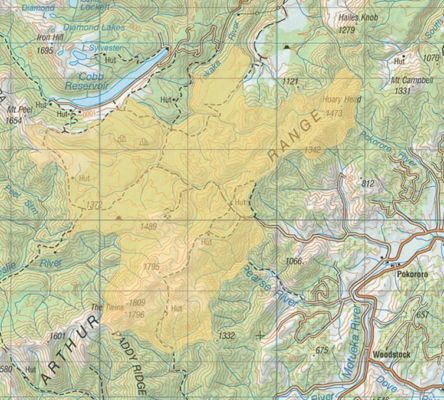
Friends of Flora has just completed a biodiversity survey of plants and animals and that survey is driving future plans. But on a regular basis there are always the predators to keep on top of.
“We’ve caught a lot of stoats,” says Peter, “Kiwi nests are very smelly and stoats are very intelligent. They wait for the chicks to hatch.”
Kiwi nest cameras have caught footage of a stoat or stoats regularly visiting a kiwi nest to check it out. It can be viewed on Friends of Flora’s Facebook page.
Baits are rotated at stoat traps – eggs, fish-based and the rabbit-based ‘Erayz’ bait are used. Peter estimates that “tens of thousands” of eggs have been donated over the years by Hope-based poultry company, Ewing Poultry, who have supported Friends of Flora from the group’s beginning.
“There’s still a small remnant stoat population spread out over a big terrain,” says Peter. “Multiple pest control methods, including 1080, are important to get the remnants. We’re also moving to using double traps. When you catch something in the first trap, it becomes fresh bait for the second trap. We’ve got a major trap replacement programme currently.”
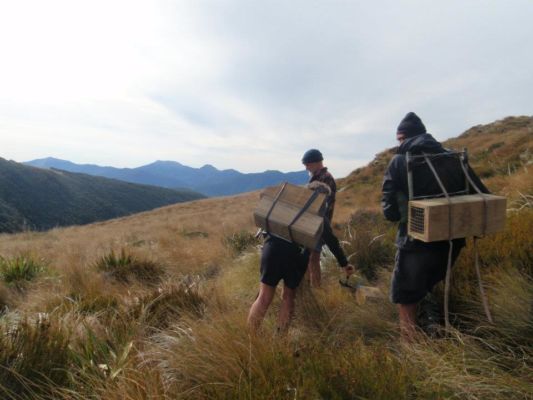
Historically rat numbers have been low because of the high altitude of the area and possums haven’t been a problem since a 1080 operation a few years ago. The group’s possum traps are no longer needed and are gradually being removed.
It all takes a lot of fundraising. Kiwi translocations are expensive and there is also the cost of monitoring contractors. NZ Lotteries, DOC community funds and the Canterbury Community Trust have all supported Friends of Flora projects and the Jasmine Foundation are donating $25,000 per year over 3 years to get new ecosystem programmes going.
All in all, there’s a huge amount happening in the Flora Valley – a great example of just how much can be achieved by well-supported volunteer groups – and proof of just how essential those volunteer groups are.

